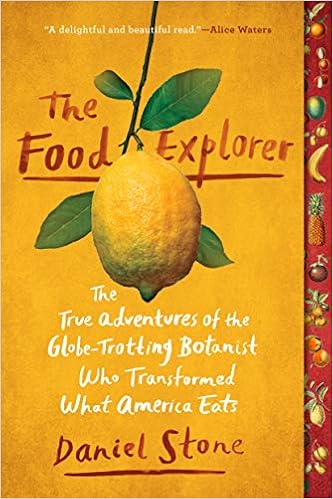I am very excited as well as curious to be introducing our October/November selection: The Temporary Bride by Jennifer Klinec, published February 14, 2014. Curious because I have't even read the book as yet, or had much experience with books set in Iran or with Persian cuisine. This should be a real adventure - for all of us! Right up our food alley anyway. After reading various reviews, I thought it would give us an intriguing and meaningful look at a culture we hear about in the news, but don't really know up close; and this one with food, wrapped around some romance, a delicious combination. Here's the Publisher's take on the book:
"A true story of forbidden love set against the rich cultural and political backdrop of modern-day Iran.
Jennifer Klinec is fearless. In her thirties, she abandons her bland corporate job to launch a cooking school from her London apartment and travel the world in search of delicious recipes and obscure culinary traditions. Her journey takes her to Iran, where she seeks out a local woman to learn the secrets of Persian cuisine.
Vahid is suspicious of the strange foreigner who turns up in his mother's kitchen. Unused to such a bold and independent woman, he is frustrated to find himself, the prized only son of the house, largely ignored for the first time. But when the two are thrown together on an unexpected adventure, they discover a mutual attraction that draws them irresistibly toward each other--but also pits them against harsh Iranian laws and customs, which soon threaten to tear the unlikely lovers apart.
Getting under the skin of one of the most complex and fascinating nations on earth, The Temporary Bride is a soaring, intricately woven story of being loved, being fed, and struggling to belong."
Oh boy, we'll be cooking up Persian food during a time when Iran is under an almost constant wave of negative opinion and troubles. Perhaps we'll all gain something, new insights at least, through Klinec's novel of culinary learning and true life experience.
The deadline for this round of Cook the Books is Saturday, November 30th. I look forward to seeing what everyone thinks about the memoir and is inspired to cook up.
Aloha,
Claudia
Honey from Rock











